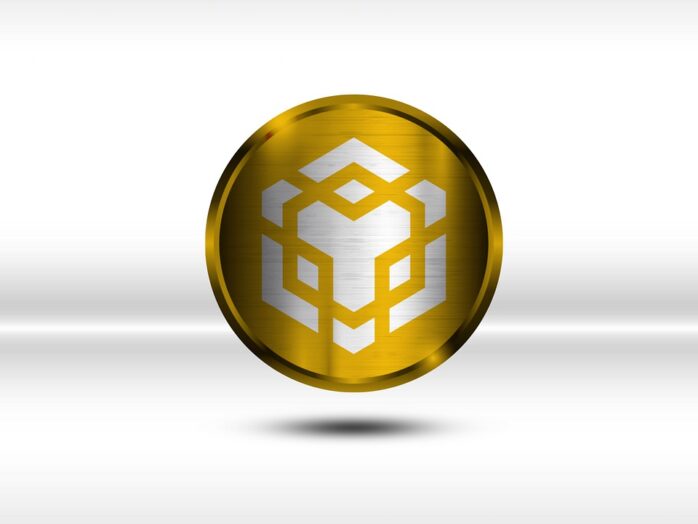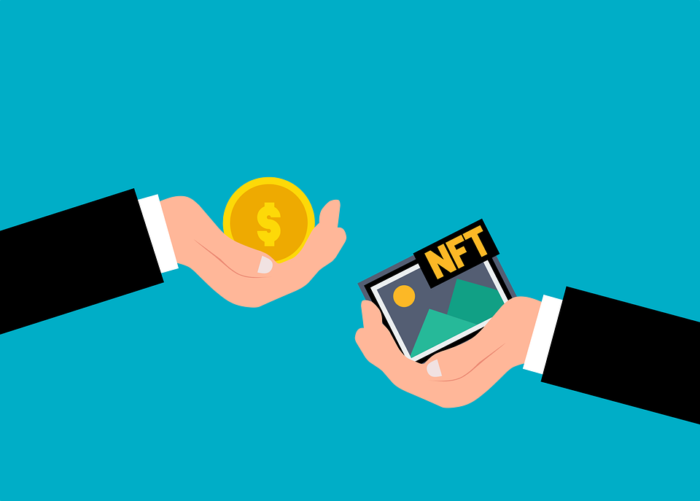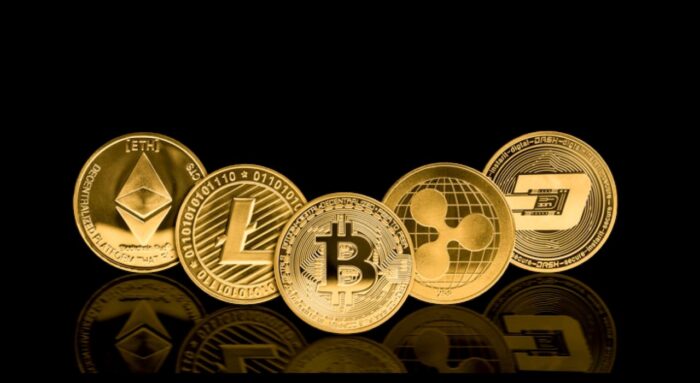
The crypto space is full of many critical moving parts, from the investors to the platforms and the blockchain technology itself. It is a complex industry that relies on a lot to continue operating as it has for the past few years.
A major part of this space is the existence and use of crypto tokens. While many people may think these are the same as crypto coins, there is a significant difference between tokens and coins.
Without crypto tokens, using various platforms, exchanges, and ecosystems would look very different than today.
In addition to needing clarification about what crypto tokens are and confusing them with crypto coins, many people are also unfamiliar with what they are used for, what they do, and how they work in the grand scheme.
With that in mind, this article is going to take a look at how crypto tokens are generally used and what makes a crypto token in the first place.
What Are Crypto Tokens?
Crypto tokens are a type of virtual currency that acts more like an asset than an actual currency. Also, crypto tokens don’t have their own blockchain but are instead built on top of an existing one.
These tokens often use smart contract technology to serve various purposes for individuals and platforms, such as representing an asset or having a specific utility within an ecosystem.
They can be created by developers and are not mined like other types of cryptocurrency. A developer decides how many are created,
how they are distributed, and what they are used for. Developers also determine if they should have any special rules or regulations that need to be abided by.
So while they may often be confused for crypto coins, they are actually quite different.
In comparison, crypto coins are native to their own blockchain and were designed either to store value or work as a medium of exchange.
While coins are like money, think of tokens more like a coupon. This coupon represents what you own and gets you access to it, but it cannot be freely used as a medium of exchange.
What Are Crypto Tokens Used For?

Now that you have a brief idea of what crypto tokens are, what do they do, and how to use them? Well, there are a few different uses for crypto tokens. First of all, they can be used as utility tokens.
Utility Tokens
A utility token is a type of token that serves some sort of purpose within a platform or ecosystem. The token is unique to its own network or ecosystem and can serve single or multiple purposes.
Utility tokens are often used to pay transaction fees on a network or allow people to gain access to a particular product or service.
Token holders may also get discounts within certain platforms, gain access to special rewards, or even gain access to additional storage.
In some cases, you can purchase these utility tokens. They can also be earned through your participation within an ecosystem or even gifted or rewarded.
These utility tokens can essentially be created, distributed, and used for any purpose that the developer sees fit and makes sense to them.
Of course, in addition to being used, some people will hold and trade them like other cryptocurrencies in hopes of making a profit over time.
For example, BNB (Binance Coin) is currently the fifth largest cryptocurrency on the planet with a market cap of over $41 billion and is frequently held as an investment. It is also used to participate in token sales, pay for goods on the platform, or even settle transaction fees.
Crypto Staking
One significant way to put your tokens to work is through staking. Just as you might lend your assets to gain interest, staking involves locking up crypto assets in a network to receive rewards. By committing your tokens to the network, you not only support its operations but also earn rewards. For those interested in maximizing returns through staking, this crypto staking guide provides a thorough look into the methods, benefits, and mechanics of staking.
Governance Tokens

After utility tokens, there are also governance tokens, which are used to allow holders to vote on certain topics relevant to the ecosystem or platform.
For example, holding a specific token will let you have a say in any changes regarding protocol. These can include updates to a platform and other changes that will impact the future of the ecosystem that you are involved in.
NFT
Some crypto tokens are also simply value tokens, as they represent something of value and can be bought, sold, or traded.
NFTs (non-fungible tokens) is an example of this kind of token. When you buy the token, you have a way to prove that you own the NFT and are free to do with it as you wish.
These tokens are often treated as an investment, but can also be collected and shown off digitally.
While many people think of NFTs as digital art only, they can also be music, event tickets, cards, fashion NFTs, and several more.
Of course, simply screenshotting an NFT doesn’t mean you own it. Each has a digital ownership certificate that belongs to the owner. This is how they can prove it is theirs to buy, sell, trade, and use.
Also, metadata within NFTs allows owners to verify it’s authentic. Some tokens represent the holder’s ownership of an actual physical item or asset, as well.
Security Tokens

Some crypto tokens represent ownership of an actual asset, which are called security tokens.
Companies can use security tokens to raise capital, and they are essentially digital form of investments like stocks and bonds.
These represent ownership of financial security; as such, they are regulated by an agency (such as the Security and Exchange Commission).
They are similar to the idea of NFTs and other tokens but differ because they are fungible.
The concept of security tokens is still new, but it offers vast potential and could change how businesses take on investment, as it can make investing more accessible for all.
The Characteristics of Crypto Tokens
As you can see, there are many different potential uses for these crypto tokens that are created and/or distributed.
However, no matter what “type” a crypto token is, there are some characteristics and features that they all share.
First of all, crypto tokens are all trustless. Essentially, this means that the blockchain they are built on isn’t centralized.
Thus it isn’t controlled by one person or entity who can do whatever they want with it.
Next, crypto tokens are programmable.
This means that the token runs on a smart contract that specifies it and outlines the blockchain’s guidelines.
This ensures that all holders and those interested in the token are aware of what it represents.
Crypto tokens are also permissionless, which means that anyone can access and own them without being authorized in any way.
Lastly, tokens are transparent and can be observed and verified by anyone on the blockchain. This includes when and how they are transacted.
So while there are many uses and types of crypto tokens, they all have the same idea or foundation at their core.
Conclusion
We hope this guide has helped you learn more about crypto tokens and how you may use them.
It is still a relatively new and potentially-confusing area, but one that could grow incredibly large and important in the near future.












